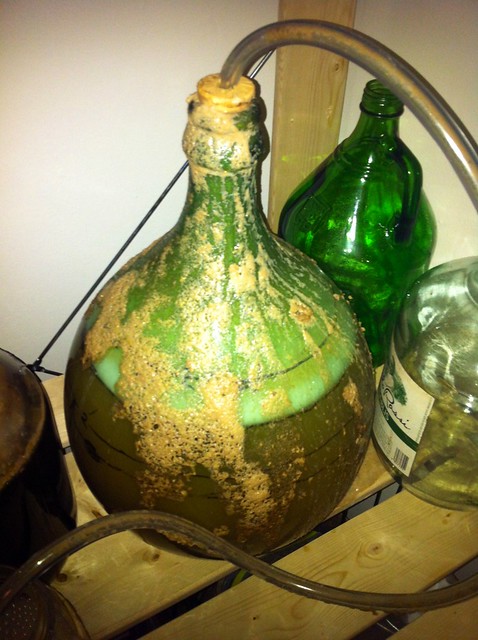Hey guys and gals, new to the forum and this is my first batch. I made a Brewer's Best IPA that was going along great it started to really get going last night. The krausen was getting into the airlock so I attached a blowoff. This morning I hear a *pop* and in my other bedroom's closet I find that it exploded and krausen was coming out like crazy. I put the carboy in the tub and let it spew out some krausen (mistake?) while i cleaned the mess. I cleaned up the carboy when I was done and put a new airlock and blow off which is bubbling like crazy as I type this. I have a 6.5 gal carboy and thought there was ample room for the 5 gal batch I made. I feel like it is just going to happen again pretty soon with how vigorous the bubbling is. Any suggestions? Thanks everyone! 




